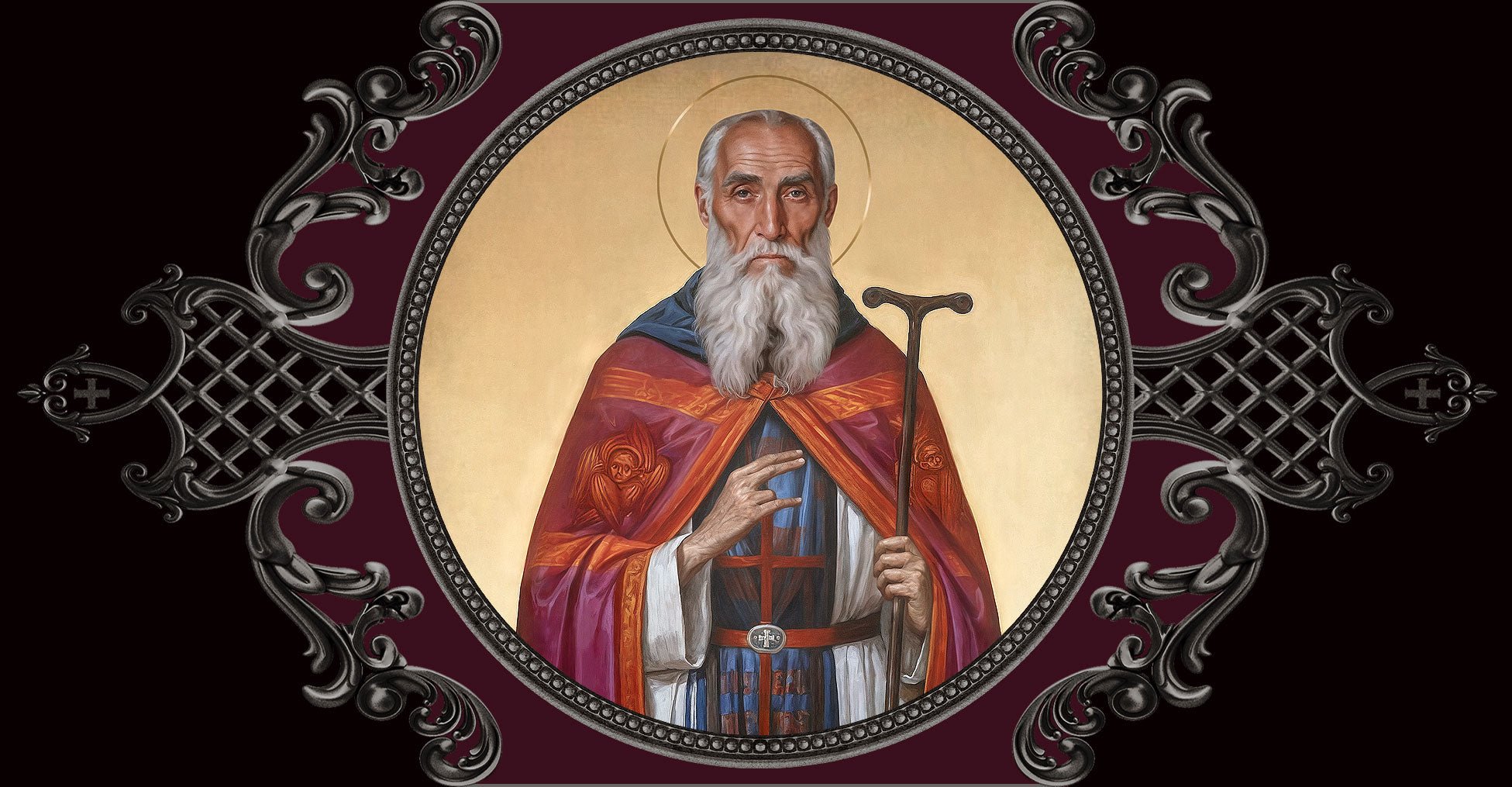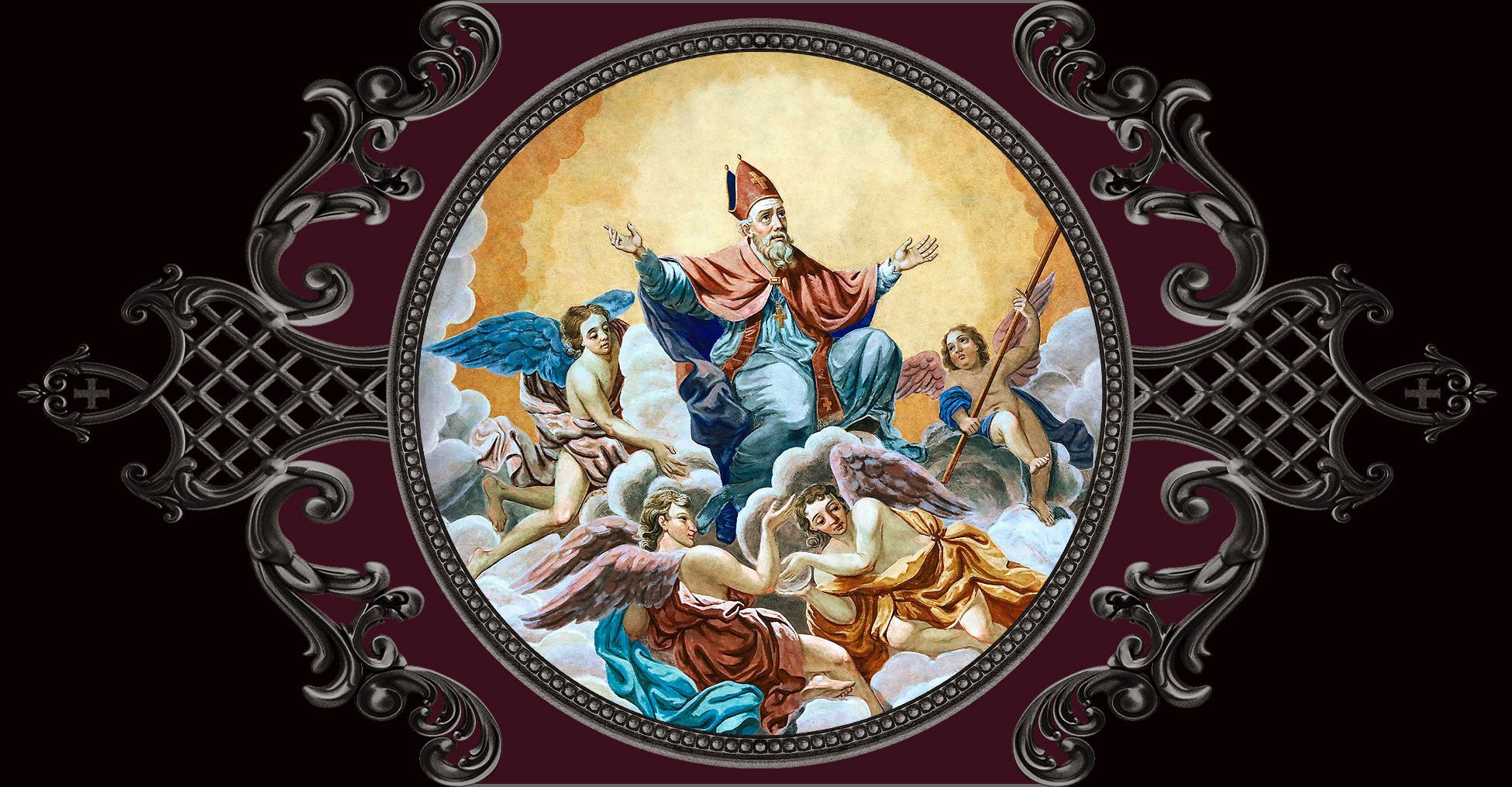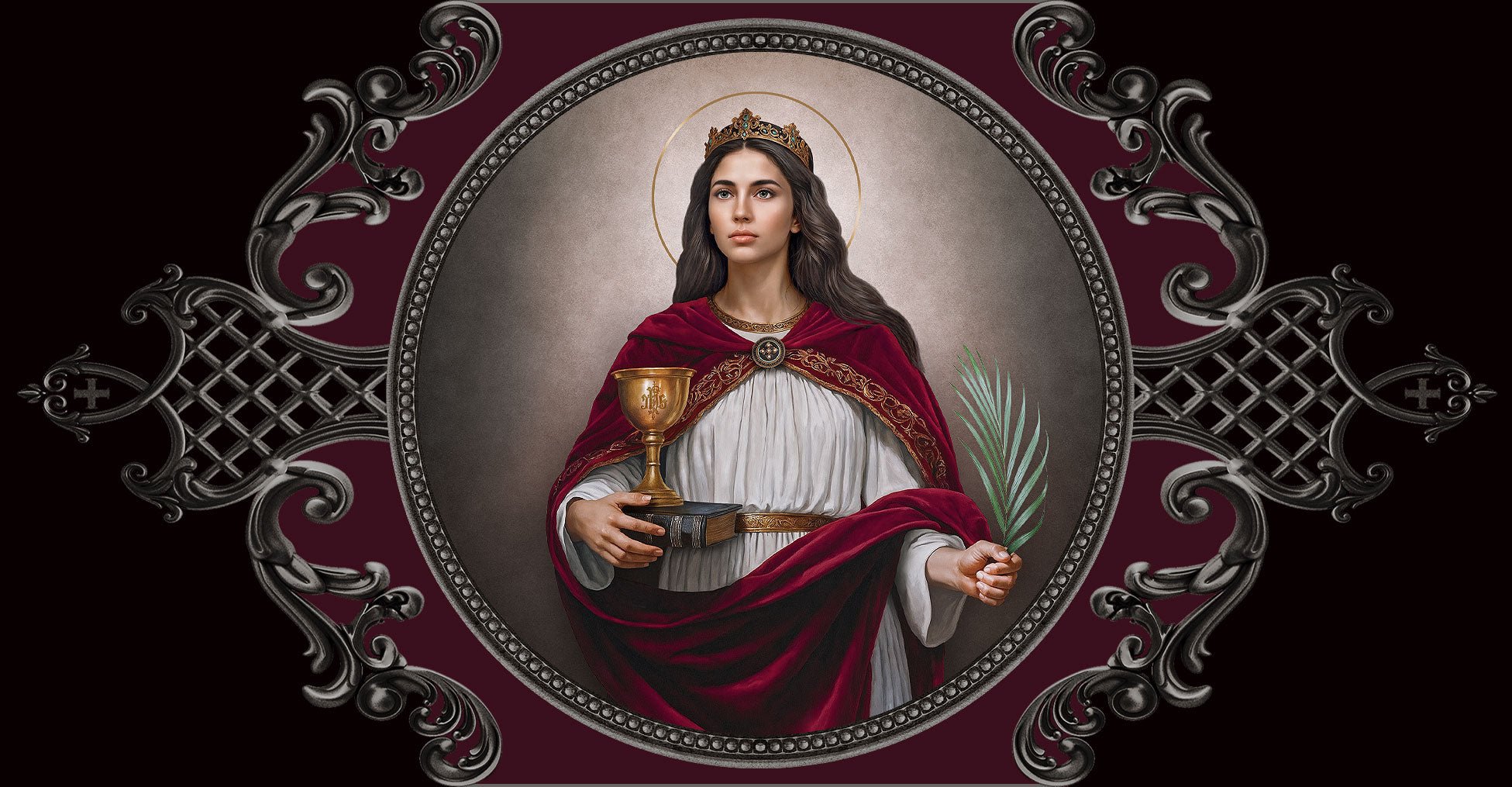
December 5 + Saint Sabbas
After an unhappy childhood in which he was abused and ran away several times, Sabbas finally sought refuge in a monastery. While family members tried to persuade him to return home, the young boy felt drawn to the monastic life. Although he was the youngest monk in the house, he excelled in virtue.
At age 18, Sabbas traveled to Jerusalem, seeking to learn more about living in solitude. Soon he asked to be accepted as a disciple of a well-known local solitary, though initially he was regarded as too young to live completely as a hermit. Initially, Sabbas lived in a monastery, where he worked during the day and spent much of the night in prayer. At the age of 30 he was given permission to spend five days each week in a nearby remote cave, engaging in prayer and manual labor in the form of weaving baskets. Following the death of his mentor, Saint Euthymius, Sabbas moved farther into the desert near Jericho. There he lived for several years in a cave. A rope was his means of access and wild herbs among the rocks were his food.
Men came to him desiring to join him in his solitude. At first he refused. But not long after relenting, his followers swelled to more than 150, all of them living in individual huts grouped around a church.
The bishop persuaded a reluctant Sabbas, then in his early 50s, to prepare for the priesthood so that he could better serve his monastic community in leadership. While functioning as abbot among the community of monks, he felt called to live the life of a hermit.
Over the years Sabbas traveled throughout Palestine, preaching the true faith and successfully bringing many to the Church. At the age of 91, in response to a plea from the Patriarch of Jerusalem, Sabbas undertook a journey to Constantinople in conjunction with the Samaritan revolt and its violent repression. He fell ill and soon after his return, died in the year 532 at the monastery at Mar Saba.
Today the monastery is still inhabited by monks of the Eastern Orthodox Church and St. Sabbas is regarded as one of the most noteworthy figures of early monasticism. His incorrupt relics can be seen in the Catholicon (main church) of Mar Saba monastery.



Leave a comment
This site is protected by hCaptcha and the hCaptcha Privacy Policy and Terms of Service apply.